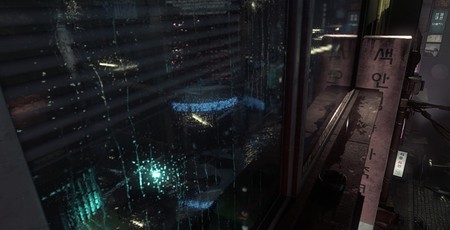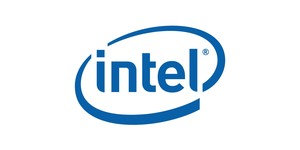Crytek has announced that its CryEngine game engine is the latest to receive support for real-time ray-traced reflections, but without the need for an Nvidia Turing-based RTX graphics card: Its tech demo, Neon Noir, is claimed to be running on an AMD Radeon RX Vega 56.
Enhancing in-game graphics using real-time ray tracing for reflections and lighting in a hybrid renderer was first demonstrated back in January 2016 by Imagination Technologies. It wouldn't reach commercialisation, however, until the launch of the Nvidia GeForce RTX family of graphics cards. Based on the Turing graphics architecture, RTX cards include specialist RT Core hardware which offers acceleration to push the heavy computational lifting of even partial ray-trace rendering into real-time. In games the functionality is typically enabled using Microsoft's DirectX Raytracing (DXR) API, which is technically cross-vendor - but with only Nvidia's cards featuring RT Cores, so far it's effectively Nvidia exclusive.
That looks set to change, however, with financially troubled developer Crytek releasing a technology demo for its CryEngine game engine in which high-quality real-time ray-traced lighting and reflections are demonstrated on an AMD Radeon RX Vega 56 graphics card - which absolutely does not feature dedicated ray tracing hardware.
'Neon Noir shows how real-time mesh ray-traced reflections and refractions can deliver highly realistic visuals for games,' the company explains of the demo, which is not available for public download. 'The Neon Noir demo was created with the new advanced version of CryEngine's Total Illumination showcasing real time ray tracing. This feature will be added to CryEngine release roadmap in 2019, enabling developers around the world to build more immersive scenes, more easily, with a production-ready version of the feature.
'Neon Noir was developed on a bespoke version of CryEngine 5.5, and the experimental ray tracing feature based on CryEngine's Total Illumination used to create the demo is both API and hardware agnostic, enabling ray tracing to run on most mainstream, contemporary AMD and Nvidia GPUs. However, the future integration of this new CryEngine technology will be optimised to benefit from performance enhancements delivered by the latest generation of graphics cards and supported APIs like Vulkan and DX12. All scenes are rendered in real-time in-editor on an AMD Vega 56 GPU. Reflections are achieved with the new experimental ray tracing feature in CryEngine 5 - no SSR [screen space reflections].'
More information on the demo can be found on the official website, though without a firm release date for the technology.

MSI MPG Velox 100R Chassis Review
October 14 2021 | 15:04









Want to comment? Please log in.